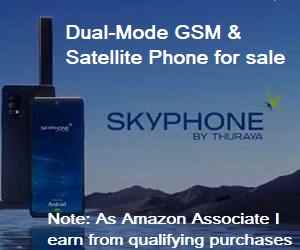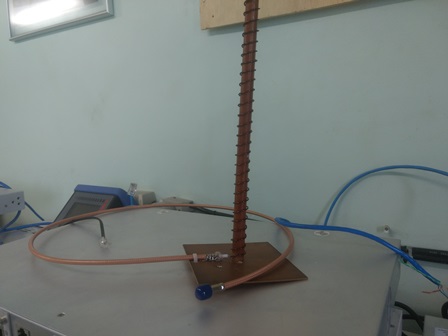Satellite Internet Forum.
Welcome, Guest. Forum rules.To search this site click here > SATSIG search
| Home Login Register |
| Satellite Internet forum › Dish pointing and alignment › LNB CIRCULAR POLARIZATION |
|
Pages: 1
|
LNB CIRCULAR POLARIZATION(Read 4889 times) |
|
lfaborges
Member
★★ Offline Posts: 3 |
Dec 18th, 2019 at 11:44am
|
| Back to top |
IP Logged
|
|
Admin1
YaBB Admin
★★★★★ Offline Posts: 1249 |
Reply #1 - Dec 18th, 2019 at 3:56pm
|
| Back to top |
« Last Edit: Dec 19th, 2019 at 8:52pm by Admin1 »
IP Logged
|
|
lfaborges
Member
★★ Offline Posts: 3 |
Reply #2 - Dec 18th, 2019 at 4:14pm
|
| Back to top |
IP Logged
|
|
Admin1
YaBB Admin
★★★★★ Offline Posts: 1249 |
Reply #3 - Dec 19th, 2019 at 9:08pm
|
| Back to top |
IP Logged
|
|
lfaborges
Member
★★ Offline Posts: 3 |
Reply #4 - Dec 20th, 2019 at 3:10pm
|
| Back to top |
IP Logged
|
|
Pages: 1
|
Email me: eric@satsig.net
Powered by YaBB 2.5.2!
YaBB Forum Software © 2000-. All Rights Reserved.
Disclaimer, Terms of Use and Privacy Forum User Agreement Forum rules Cookie policy.





